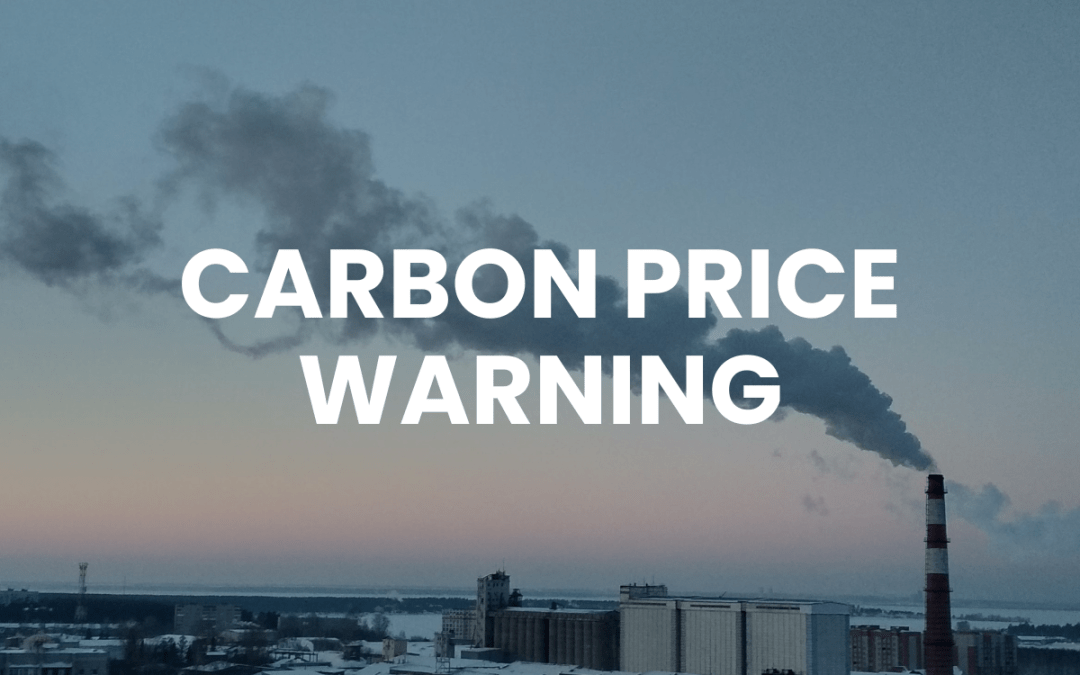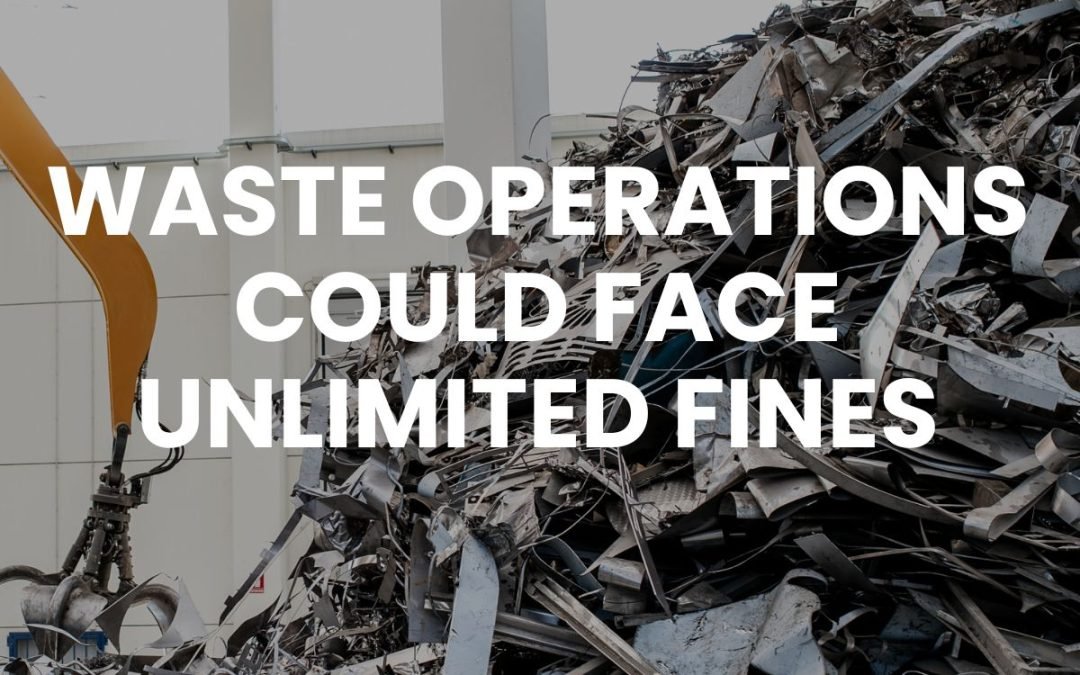Air Quality Overlooked Amid Climate Crisis at COP28
As global leaders convene for critical climate negotiations at COP28, air quality strangely remains overlooked and deprioritized on the agenda. And yet the data presents an undeniable public health emergency surpassing the immediate impacts of extreme weather and rising seas.
Here are some stats for you…
Consider that 99% of the global population breathes unsafe air daily according to WHO.
More than 8 million people died in 2018 from fossil fuel pollution, meaning that air pollution from burning fossil fuels like coal and diesel was responsible for about one in five deaths worldwide.
As Dr Sultan al Jaber, the COP28 President said in a speech at the UN General Assembly Sustainability Goals Summit, “roughly a million lives a year could be saved worldwide by 2050 through air pollution reduction efforts alone.”
But still air quality fails to match the political urgency of decarbonisation.
Of course, the climate crisis demands dedicated coordinated action at gatherings like COP28. In no way should we slow the charge for CO2 reduction.
But in the near-term, the planetary health impacts of toxic air trigger cardiovascular disease, lung cancer, strokes, disrupted development, and reduced life expectancy at epidemic rates.
Now layer on well-documented evidence that marginalised communities disproportionately bear these health burdens which magnify longstanding social inequities. Air quality epitomises the intersection of environmental justice and ethical responsibility – the most socially vulnerable pay the steepest price for unchecked emissions.
The good news, careful and considered sustainability approaches can reduce both CO2 and air quality.
The Delicate Balance of Air Quality and Climate
The complex relationships between climate change and air pollution have significant implications for public health. As the planet warms, hotter and drier conditions are expected in many areas, which can worsen air quality and respiratory illnesses.
Higher temperatures combined with stagnant air masses concentrate pollutants near the ground, while droughts and wildfires generate particulate matter that travels widely. At the same time, climate change alters weather patterns linked to year-to-year variability. When extreme drought combines with natural cycles, the impacts intensify.
Reducing air pollutants can have climate benefits, but solutions also require nuance given interconnections. As policy makers target emissions, strategies to monitor and improve unhealthy air will become increasingly important on local and global levels.
Collective Action Through Cross-Sector Collaboration
Elevating air quality as part of the goal of sustainability work alongside climate change will take partnership and nuanced understanding of this complexity at local, national and international levels.
No single entity – whether an innovator, business leader, policy maker or sustainability champion – can shift entrenched systems alone. But cross-sector collaboration delivers shared solutions benefiting all stakeholders long-term.
Many organisations are already making this point, WHO, Health Policy Watch or as the Royal Society state “Climate change and air pollution are related issues that merit co-ordinated action”. But we need to hear this more from other stakeholders in business and government.
We call this “partnership for planetary health.” It will take ongoing work beyond COP28, facilitated by technologies like real-time impact monitoring analytics, to translate insights into action today improving neighborhoods’ wellbeing worldwide.
Let’s discuss how air quality initiatives across sectors can progress this vision to ensure no life goes unbreathable amid the turbulence of climate instability. With collaboration supporting communities now while pursuing the long-game, our future need not be an either/or choice pitting people against planet. There is a path where both flourish in tandem.





